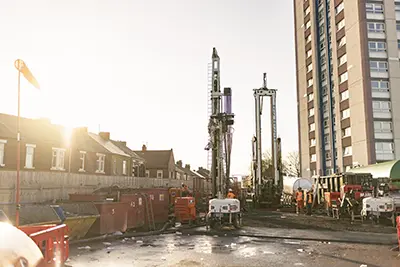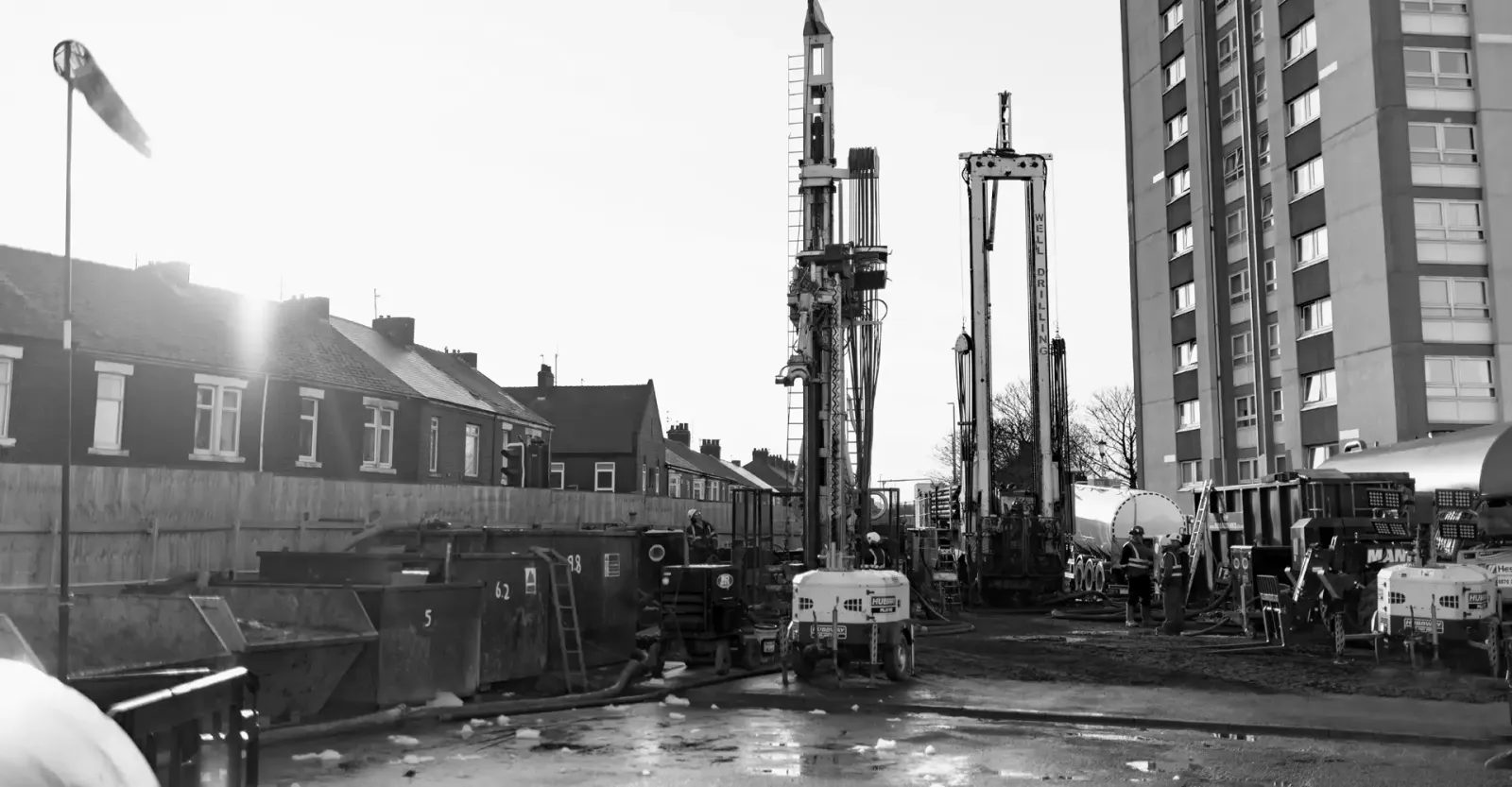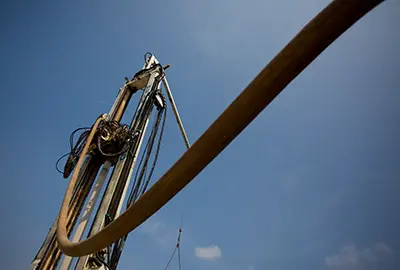

Geothermal Energy from Abandoned Mines
Minewater geothermal energy is an innovative way of repurposing the UK’s industrial past to meet the energy needs of the future.
About
The Potential of Minewater Geothermal Boreholes
The Mine Remediation Authority estimate that approximately 25% of the UK’s population lives above former coal mines.
By extracting heat from naturally warmed water within flooded, abandoned coal mines, minewater systems provide a steady, sustainable source of low-carbon energy. At Igne, we are among the UK’s leading drilling specialists in this emerging sector, delivering deep, precise boreholes for minewater abstraction and reinjection across the country.
Whether you are planning a district heating network or an individual minewater system, Igne’s expertise in geotechnical drilling and subsurface risk mitigation makes us the ideal delivery partner.
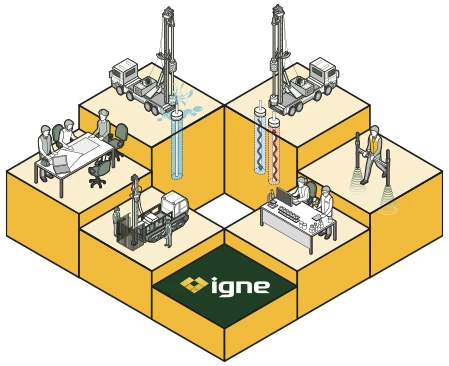
The explanation
What is Minewater Geothermal Energy?
In many of the UK’s former coalfields, disused and abandoned mine workings have become flooded with groundwater. These voids, located hundreds of metres underground, are naturally warmed by geothermal heat from surrounding rock strata.
Minewater geothermal systems access this warm water via deep boreholes, passing it through a ground source heat pump to raise the temperature for use in buildings.
The cooled water is then returned to the mine through a reinjection borehole. The system runs in a continuous cycle, offering renewable heating and, in some cases, cooling.
This is geothermal with a twist - making use of existing underground structures to generate sustainable energy and deliver economic regeneration in post-industrial communities.
The Process
How Boreholes Unlock Minewater Heat
Accessing minewater for geothermal use is highly specialised work. Igne’s drilling expertise is vital to the safe and successful delivery of these systems.
Our work includes:
- Locating and characterising mine workings and voids
- Installing deep vertical abstraction boreholes (often >400 metres)
- Drilling and casing reinjection wells
- Verticality control to ensure drill targets are hit
- Selection and installation of fully grouted casing
- Managing high temperatures, mineralised water and gas risks
- Collaborating with Mine Remediation Authority and regulators
- Strict gas control mitigation measures
Minewater boreholes are often installed in areas with a complex legacy of underground voids, subsidence risk and potential for gas or contamination. Igne brings decades of experience in drilling in difficult ground and geohazard-prone areas, making us a trusted name for minewater projects.
The application
Where Minewater Systems Shine
The UK has a vast network of former coal mines, particularly across the North of England, Wales, the Midlands and Scotland. These represent a huge untapped energy resource.
Minewater geothermal systems are ideal for:
- District heating schemes
- New housing developments on brownfield sites
- Community heating projects
- Public sector energy strategies
- Industrial parks on former mining land
They offer consistent energy supply without requiring deep drilling into untouched geology, the voids and pathways already exist. And unlike many other renewables, minewater systems are well-suited to urban, built-up areas.
The benefits
Benefits of Minewater Geothermal Energy
Minewater systems are a game-changer in renewable energy infrastructure. Key advantages include:
- A stable heat source unaffected by weather or seasons
- No combustion, emissions or particulate pollution
- Supports regeneration of former mining communities
- Minimal visual impact
- Integration with district energy networks
- Improved use of public land and energy infrastructure
At Igne, we ensure your project is technically robust, environmentally compliant, and aligned with your long-term energy and sustainability goals.
Minimising Risk
Design Considerations & Challenges
While the benefits are clear, minewater geothermal systems come with some engineering and regulatory considerations:
- Minewater can be mineral-rich or chemically aggressive, requiring careful material selection
- Precise mapping of mine workings is needed to avoid collapse or water migration issues
- Flow rates, thermal yield and recharge rates must be tested
- Environmental licences and Coal Authority permissions are mandatory
- Long-term thermal balance must be modelled and maintained
Igne supports clients from concept to commissioning, offering test drilling, hydrogeological assessments, and full borehole delivery. We understand the risks and manage them from the outset.
district heating
Minewater Systems & District Heating
Minewater geothermal is an excellent fit for low-temperature district heating networks. These systems deliver heat from a central source to multiple buildings through insulated pipework; ideal for housing estates or campuses.
Because minewater systems can deliver relatively consistent temperatures at medium volumes, they pair well with fourth-generation district heating models. Igne’s boreholes are designed with futureproofing in mind, offering scalable solutions that match energy masterplans and carbon reduction strategies.
We work hand-in-hand with planners, energy consultants, and local authorities to ensure that borehole design aligns with the needs of the wider system.
Ground Source Heat Pumps
Minewater & Ground Source Heat Pumps
Like other forms of shallow geothermal, minewater systems rely on ground source heat pumps (GSHPs) to raise the temperature of the source water. Because minewater is often warmer than natural groundwater (typically 12 to 20°C), heat pumps operate more efficiently, reducing the electricity demand of the system.
This makes minewater geothermal highly competitive in terms of operating costs and carbon performance, particularly when compared with fossil fuels or air source heat pumps in cold weather.
FAQ
Frequently Asked Questions about Minewater Geothermal
- Is minewater geothermal available everywhere?
No. It requires access to flooded mine workings with a consistent volume of water. The Mine Remediation Authority holds detailed records to help identify suitable sites.
- How deep do boreholes need to be?
Depths can range from 100 to over 400 metres, depending on the mine layout. Igne specialises in deep, high-integrity boreholes for this purpose.
- What kind of heat output can be achieved?
This depends on minewater temperature and flow. Some systems provide enough heat for hundreds of homes. Accurate modelling and flow testing is essential.
- Is the system safe?
Yes, when designed and drilled properly. Igne takes steps to manage gas, pressure and water chemistry risks, and works within all safety and environmental regulations.
- How long do systems last?
Boreholes and pipework can last 30 years or more with correct design. Minewater systems have strong long-term performance when thermal balance is maintained.
- Why choose Igne for minewater geothermal boreholes?
We don’t just drill holes. We help build the future of low-carbon heat in post-industrial Britain. Igne brings together unrivalled drilling capability, mineworking experience, and environmental insight to make minewater systems safe, viable and high-performing.
The next step
Call the Experts
We’ve worked on pioneering minewater projects across the UK, including test drilling and installation of operational systems in partnership with energy providers, housing developers and local authorities. Our knowledge of complex ground conditions and our commitment to environmental responsibility make us the perfect partner for this specialist work.
There’s nothing more powerful than transforming the past into a solution for the future. At Igne, we deliver minewater geothermal boreholes that turn dormant mine networks into engines of sustainable heating. Whether you’re planning a single building or a whole community energy scheme, we’re ready to help you dig deep and think bigger.
Contact our geothermal team today to explore the possibilities under your feet

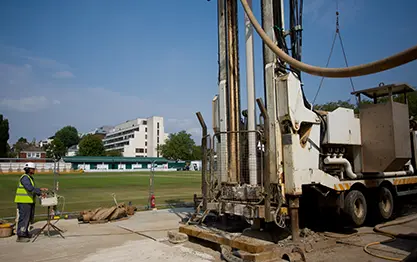
Open Loop Geothermal Drilling
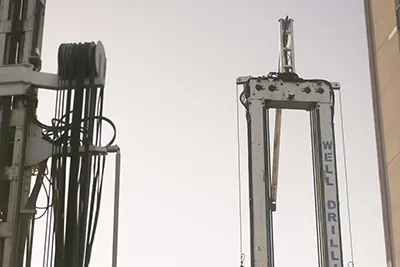
Closed Loop Geothermal Drilling
